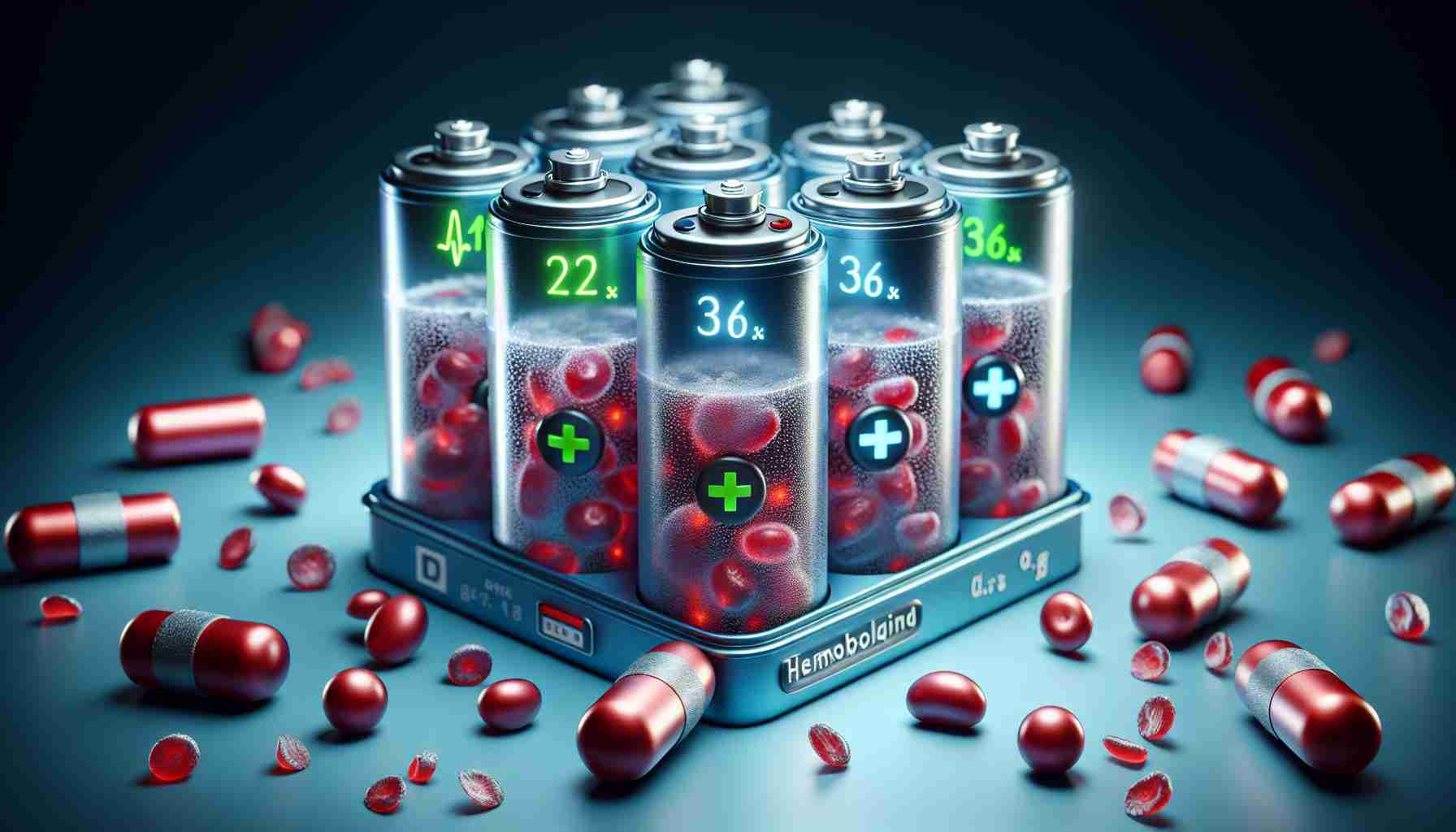Scientists from the University of Córdoba in Spain have developed a way to harness the power of hemoglobin, a key component of red blood cells, in batteries. They have created a prototype that operated for a period of 20 to 30 days. Zinc-air batteries are considered one of the most sustainable alternatives to commonly used lithium-ion batteries, which currently power not only laptops but also electric vehicles. They work through a chemical reaction known as the oxygen reduction reaction. When air is introduced into the battery, oxygen is reduced to water at the cathode (positive part), simultaneously releasing electrons that oxidize the zinc at the anode (negative part).
To sustain this reaction, a good catalyst with specific properties is needed. It turns out that hemoglobin possesses these desired properties. Research has shown that just 0.165 milligrams of hemoglobin maintained battery operation for 20-30 days. This exciting discovery is a result of the fundamental role that hemoglobin plays in the human body.
Researchers suggest that utilizing a biocompatible catalyst like hemoglobin could be applied to batteries used in implantable devices such as pacemakers. The battery operates at a pH 7.4, which is very close to the pH of blood. The potential applications of using hemoglobin extend to other species as well, as hemoglobin analogs are present in many mammals.
However, there are still some improvements to be made. The current major issue is the inability to recharge the prototype, so the research team is searching for a protein that could convert water back into oxygen and initiate the reaction cycle anew. Another limitation is the requirement for a continuous supply of oxygen, making these types of batteries unsuitable for use in space.
Nevertheless, the possibility of utilizing a biocompatible hemoglobin-based battery is fascinating. Energy storage continues to be a significant challenge in humanity’s pursuit of a more sustainable future. Batteries are continuously evolving. While lithium-ion batteries undoubtedly play a crucial role in this narrative, issues related to lithium extraction and associated waste suggest that there is room for other options. Hemoglobin-based batteries may be one of those solutions.
The study was published in the scientific journal Energy & Fuels.
FAQ:
1. What is the application of hemoglobin in batteries?
Hemoglobin is used as a catalyst in zinc-air batteries, enabling them to operate for an extended period.
2. How does a zinc-air battery work?
A zinc-air battery works through a chemical reaction called the oxygen reduction reaction. During this reaction, air is introduced into the battery, where oxygen is reduced to water at the cathode while releasing electrons that oxidize the zinc at the anode.
3. How much hemoglobin is needed to sustain battery operation?
Research has shown that just 0.165 milligrams of hemoglobin is sufficient to maintain battery operation for 20-30 days.
4. What are the potential applications of hemoglobin in batteries?
Hemoglobin can be used as a catalyst in batteries used in implantable devices, such as pacemakers. It can also be applied to batteries for other species due to the presence of hemoglobin analogs in many mammals.
5. What are the limitations of hemoglobin-based batteries?
Currently, the biggest issue is the inability to recharge the battery. Additionally, hemoglobin-based batteries require a constant supply of oxygen, making them unsuitable for use in space.
Key Definitions:
– Hemoglobin: A key component of red blood cells that carries oxygen throughout the body.
– Zinc-air battery: A type of battery that utilizes the oxygen reduction reaction to generate energy.
– Cathode: The positive electrode in a battery.
– Anode: The negative electrode in a battery.
– Oxygen reduction reaction: A chemical reaction in which oxygen is reduced to water.
Links:
– Energy & Fuels [link here]
The source of the article is from the blog bitperfect.pe
